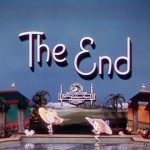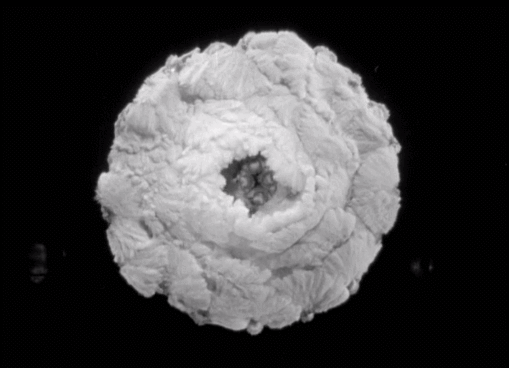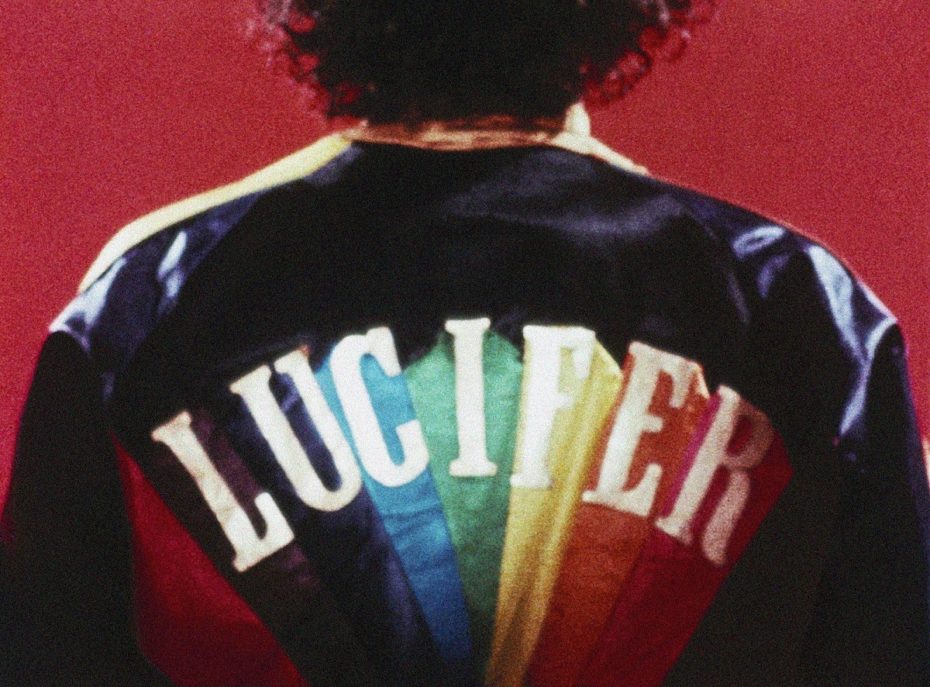
As an artist and an outsider, Kenneth Anger was the West Coast’s answer to Andy Warhol – a California boy who hosted rituals for the Church of Satan in his San Francisco mansion, and introduced the Rolling Stones to the occult; a man who found a muse in Mick Jagger, but a bigger one in Charles Manson’s henchman. Today, directors like Martin Scorcese and David Lynch owe a huge debt to Anger’s fusion of hedonism, beauty, and provocation, and the rest of us are only just waking up to his undeniable influence on the counterculture. So let’s dive head first into the wild life and times of a man who brought The Summer of Love to the 9th Layer of Hell…
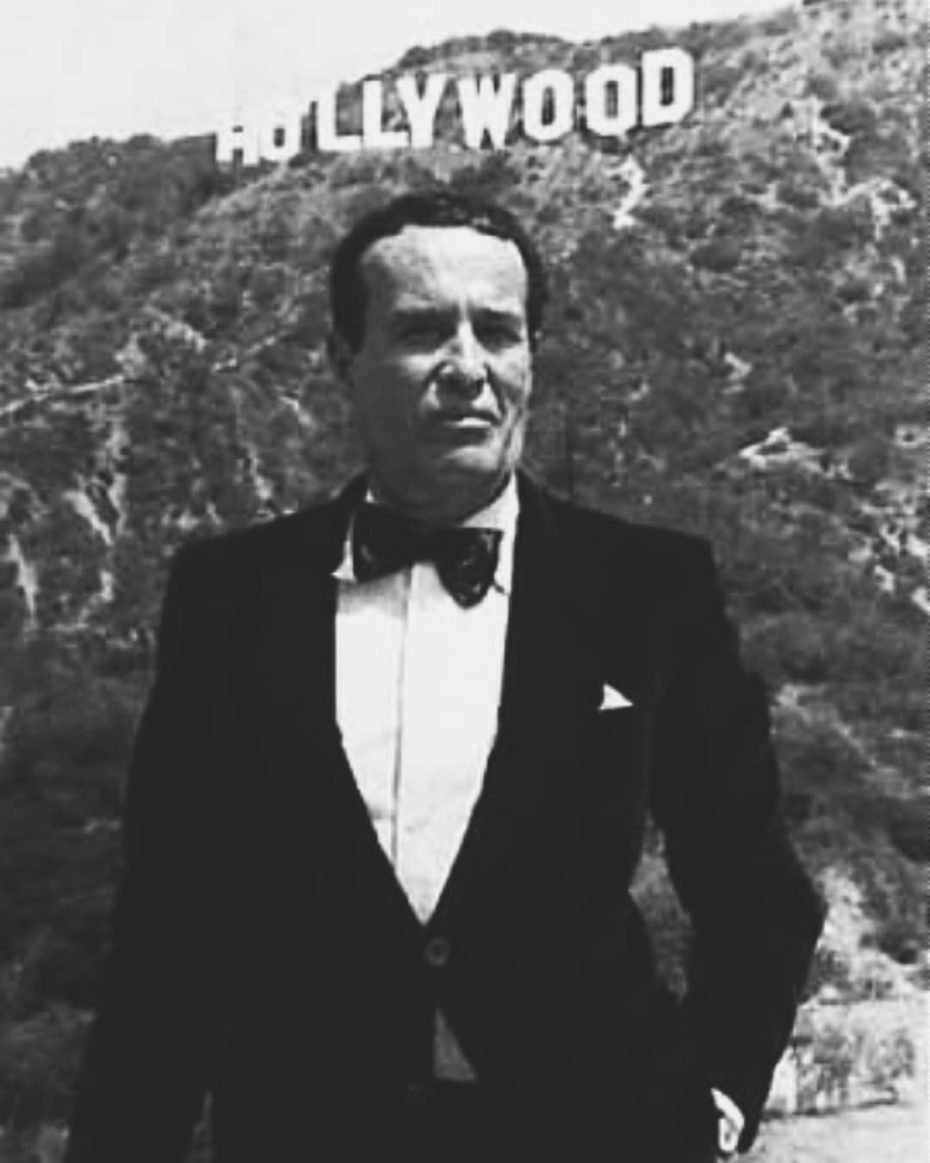
The year’s 1964. A man in tight leather pants walks into a room, whips a sheet off a motorcycle while “Fools Rush In” plays, and a 27 minute feast of abs, skulls, cigarettes and James Dean look-a-likes gets underway. Scorpio Rising was one of director Kenneth Anger’s grandest masterpieces, an underground film that arrived when young Americans were beginning to pull away from convention, and who Anger nudged in a fabulously naughty direction. A taster…
The first thing to know about Anger is that he was an excellent provocateur, saying things like, “I’ve always considered movies evil; the day that cinema was invented was a black day for mankind,” or, about his own talent, “I was a child prodigy who never got any smarter.”
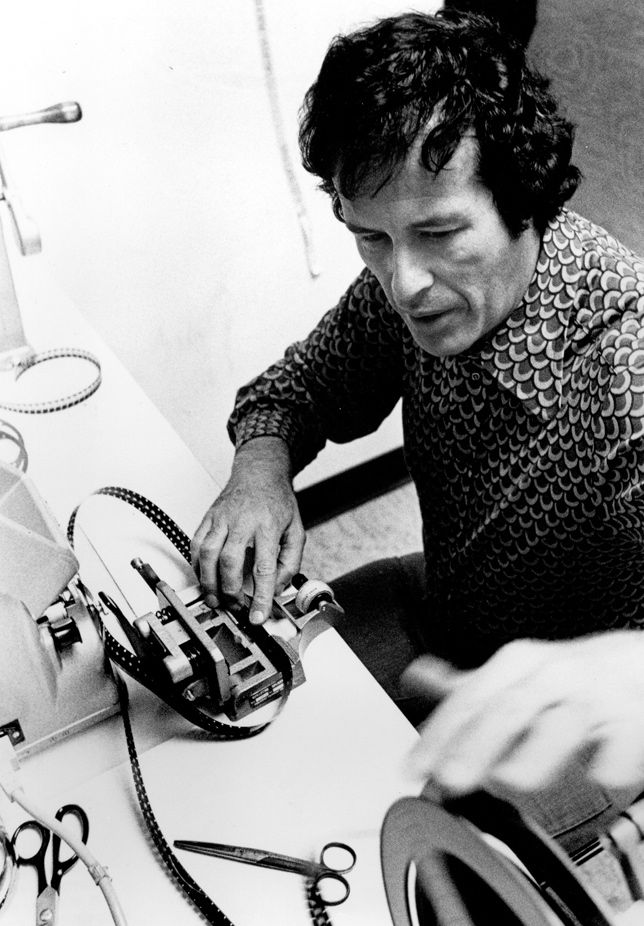
Hollywood has always had a predilection for scandal, drama, and the occult. Anger grew up in Los Angeles, and it was director Curtis Harrington who introduced him to Aleister Crowley’s “Thelema,” an esoteric philosophy which promised “Sex Magick,” yoga, and astral travel.
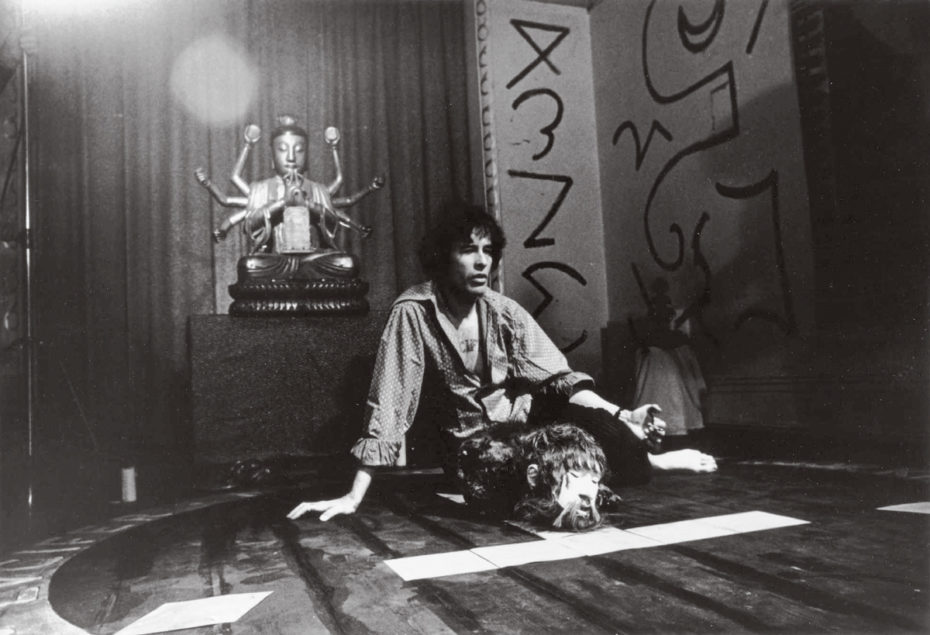
©Kenneth Anger
Thelema would go on to colour all of Anger’s films, and not just as a sensationalist tactic. The development of Anger’s vision – of its pleasures, pains, and imagination – ran parallel to his own sexual awakening. Together, they were a vehicle for Anger to come into his identity as a gay man in a sex positive environment, effectively kick-starting independent queer filmmaking in the 20th century.
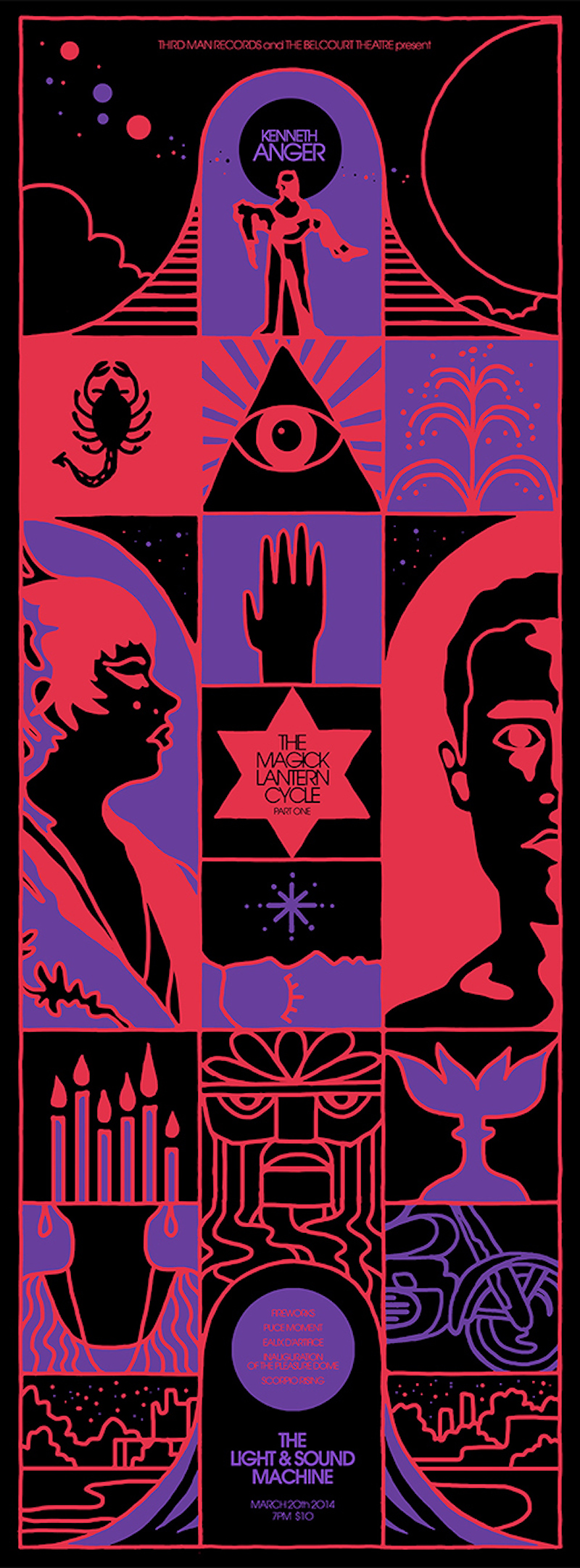
It was Anger’s 1947 silent, surreal homo-erotic film, Fireworks, that first put him on the map. The movie follows a young man (played by Anger) as he gets seduced by a bunch of Navy sailors who strip him naked, beat him to death, and rip open his chest to reveal a compass. It was also the first time the director shed his real surname, Anglemyer; signing off instead as “Anger”. It was so scandalous, that the film made it all the way to Supreme Court of California, which ultimately acquitted Anger of pornography charges because, as the (seriously progressive) judge said, “homosexuality is older than Sodom and Gomorrah” and fair fodder for art. As for Anger’s feelings on the film? “This flick is all I have to say about being 17, the United States Navy, American Christmas and the fourth of July,” he said.
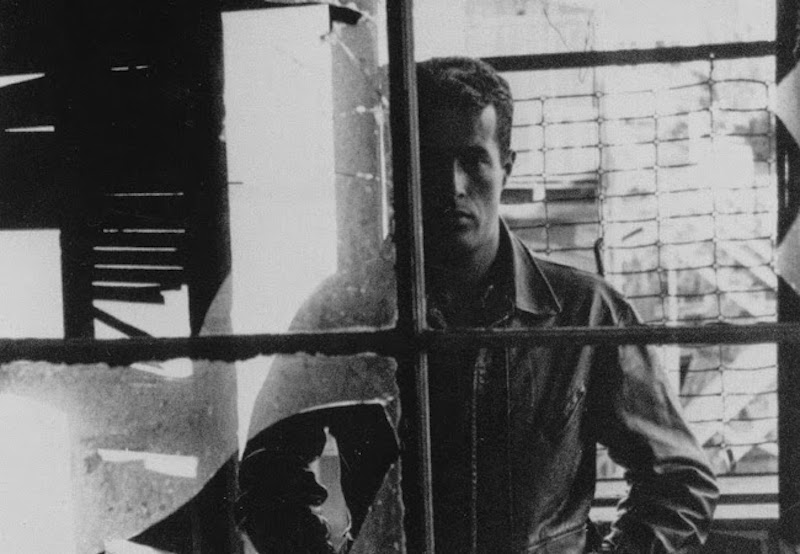
Next, Anger soaked up the blossoming avant garde film scene in Paris, and worked with the likes of Henri Langlois and Marcel Marceau’s mime troupe on a somber and delicate film called “Rabbit’s Moon.” He was just 20-years-old.
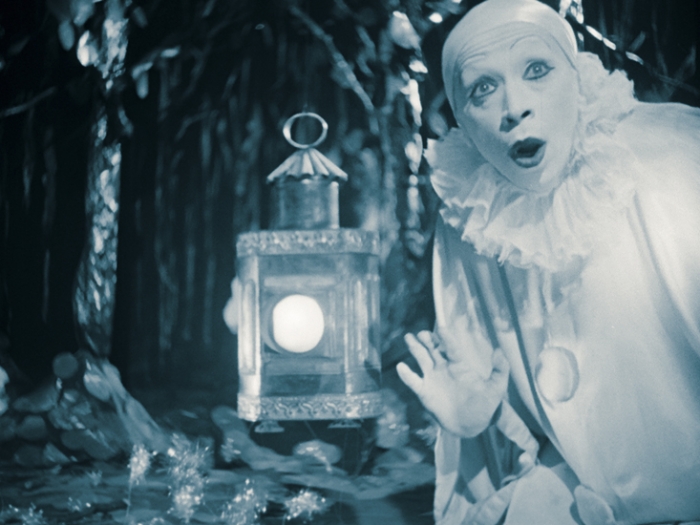
When he returned to the States in 1953, it was with an explosion of creativity. He made Inauguration of the Pleasure Dome, a film inspired by a Surrealist party he went to where the theme was “come as your madness.” The cult flick was a visual mood board of Surrealist psychedelia (starring Anais Nin with her head in a birdcage, no less). It preceded the Summer of Love by over a decade.
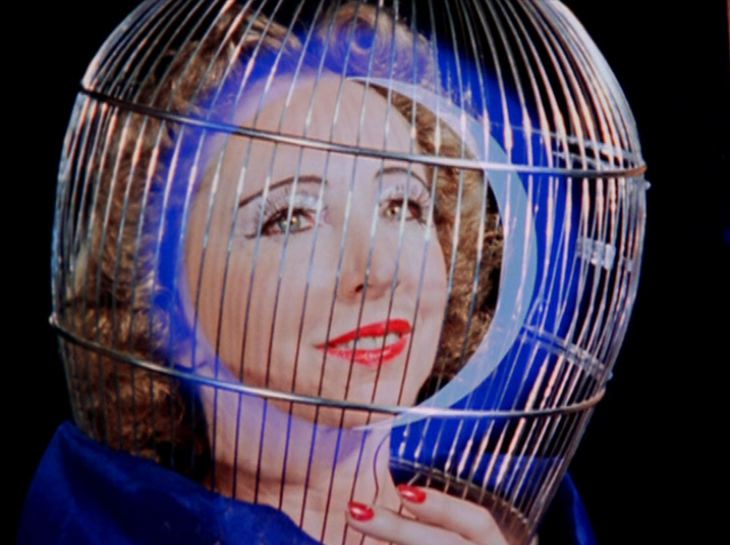
In 1966, Anger moved into his iconic San Francisco pad, the Westerfield. In the same sense that Warhol reigned from “the Factory” in Manhattan, Anger held court at the spooky Westerfeld House by Alamo Square (aka, “The Adams Family House”).
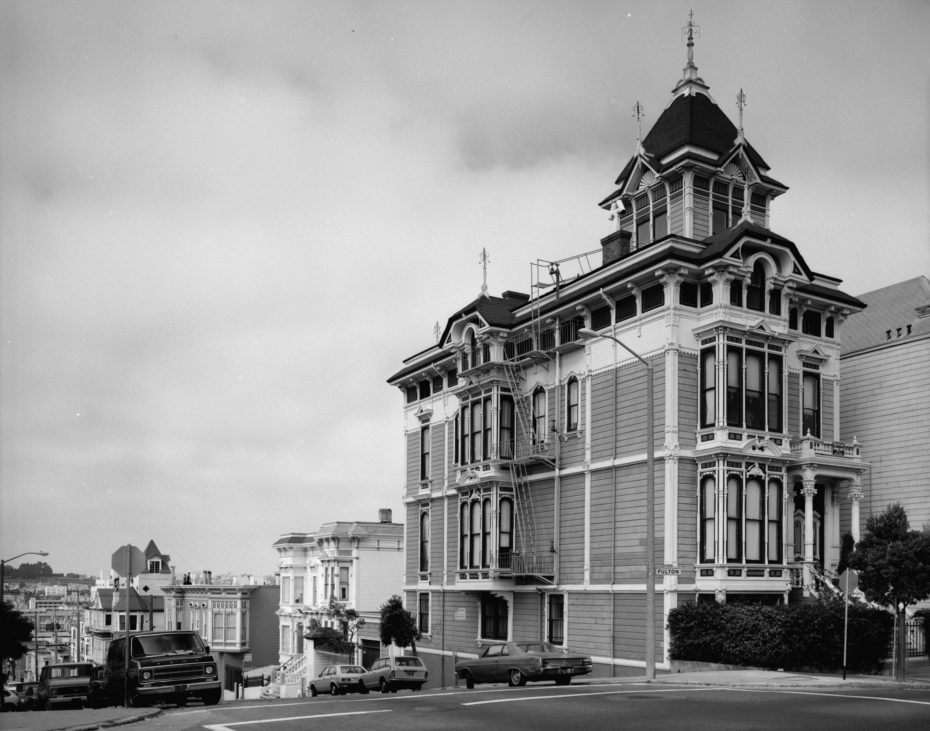
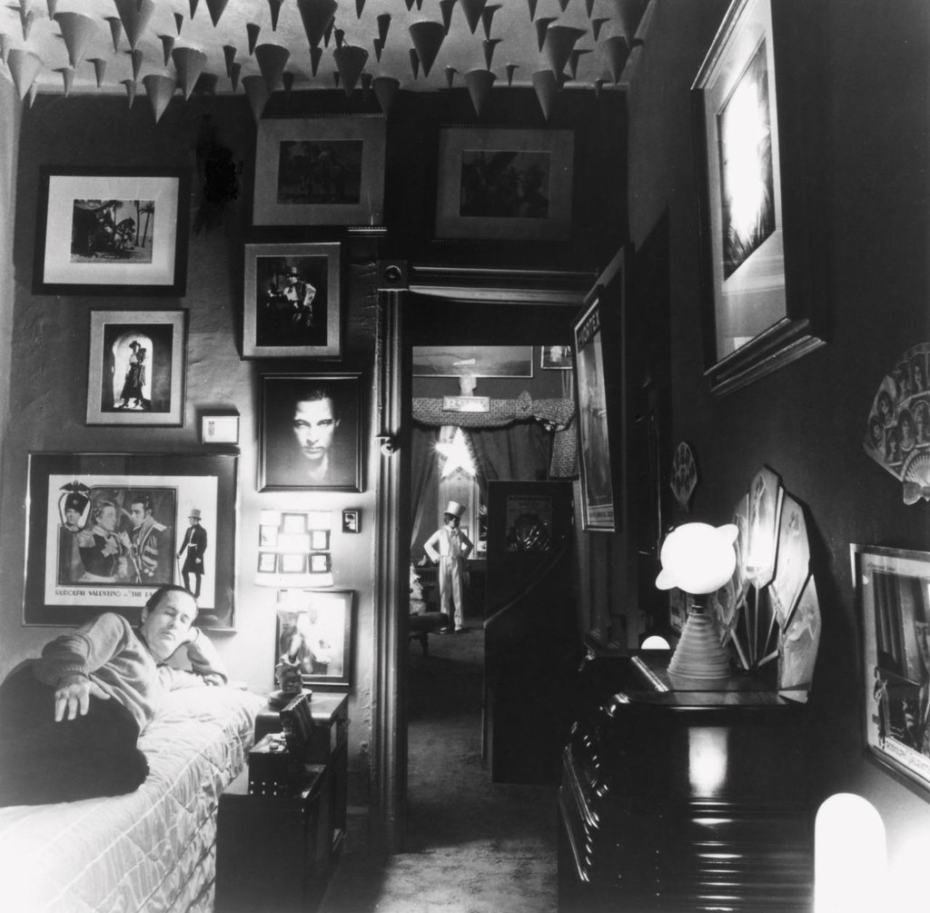
Built in the 19th century, the house’s proprietors include (but aren’t limited to) Czarist Russians who turned the ground-floor ballroom into a nightclub called Dark Eyes. When Anger lived there in ’66-67, he welcomed church of Satan founder Anton LaVey and his pet lion, whose claw marks are still visible…
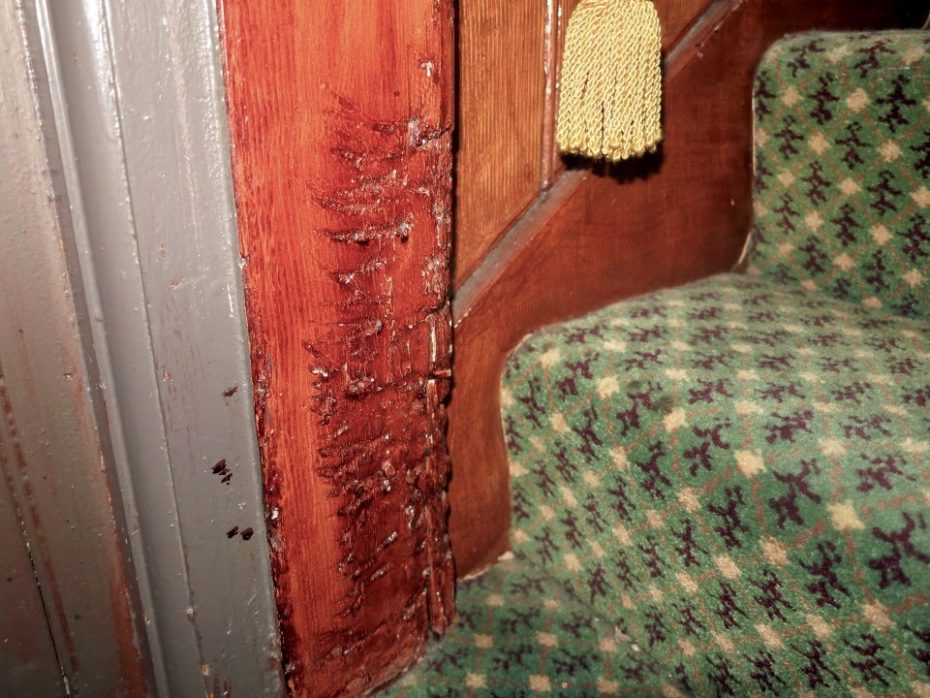
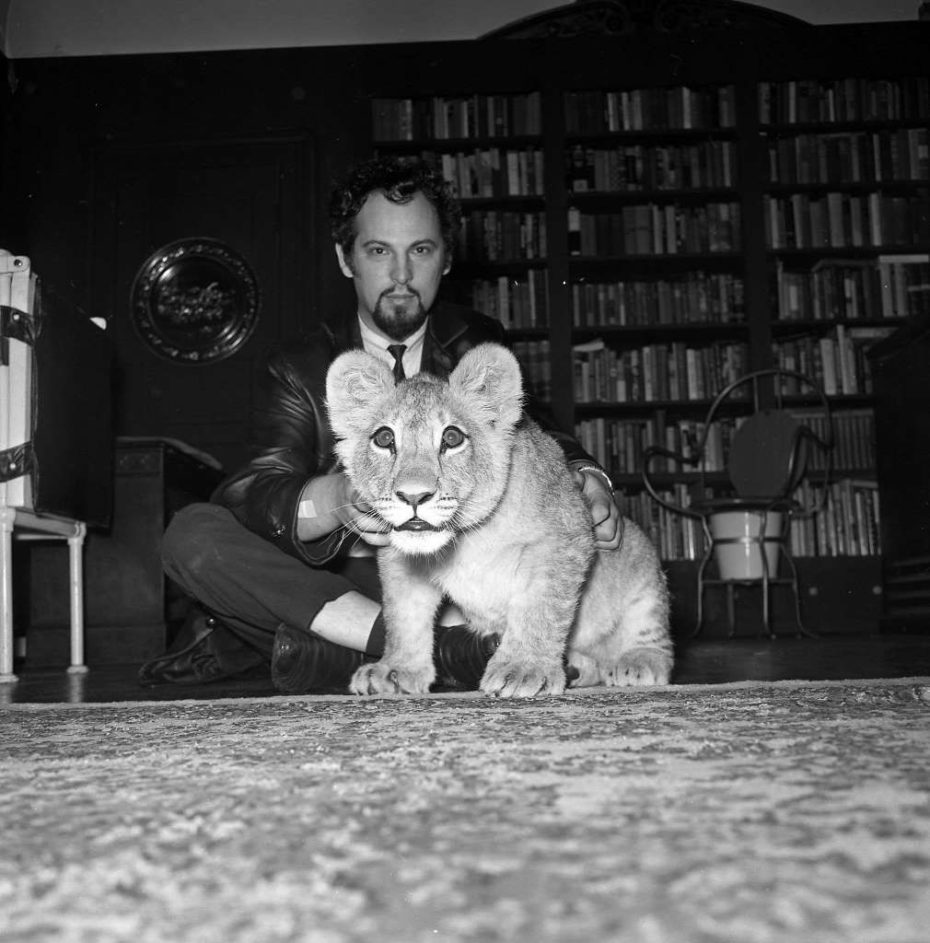
Right before he moved into the house, he’d also written and published Hollywood Babylon, which divulged all the Old Hollywood gossip he’d heard from his grandmother (i.e. Lucille Ball was a prostitute, Rudy Valentino dug BDSM, Goofy was a nod to Walt Disney’s opiate problem). It was a fun, albeit brutal meta-mirror to the tabloids and its worship of celebrities, movie stars and muses…
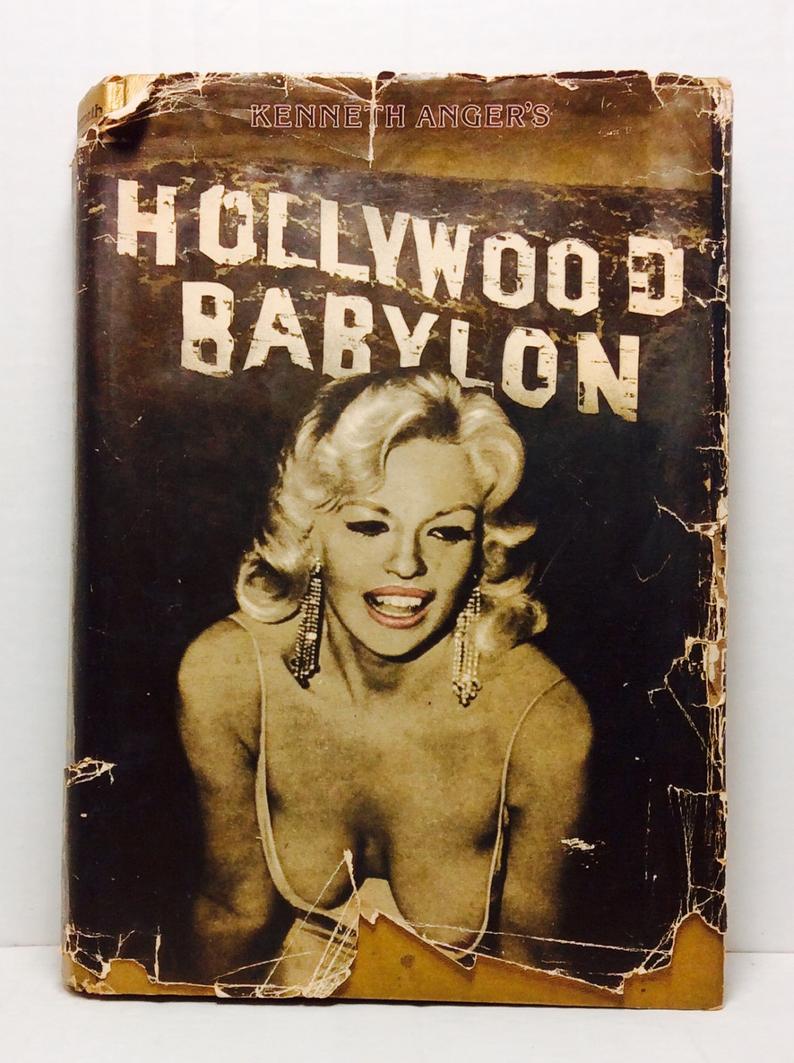
Which brings us to Anger’s greatest muse and, arguably, heartbreak: Bobby Beausoleil. If you were hip and in San Francisco in 1967, you couldn’t miss Beausoleil, the handsome leader of a new psychedelic band. But for Anger, he wasn’t just another hippy. He was a flower child with the heart of James Dean.
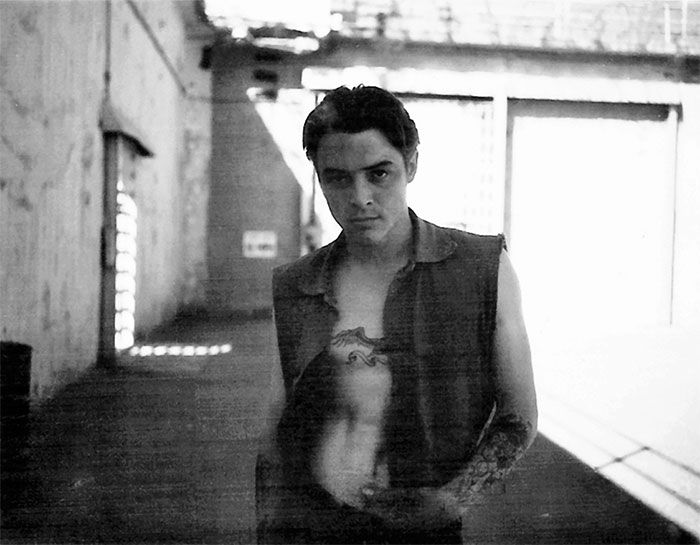
When the two met, Anger said he’d finally found his “Crowned and Conquering Child for the new Aeon,” and invited him to live at Westerfeld. To our knowledge, Anger and Beausoleil never had a romantic relationship. Still, as soon as Beausoleil moved in, Anger’s lover-boy-du–jour got the boot; “This is Lucifer,” Anger told him, “and he needs to be in his house.” The Artist-Muse duo participated in so many LSD-based rituals, that Beausoleil convinced himself he actually was Lucifer, and would later describe the dazzling but violent visions he had during his trips – scenes of a “blood filled” rebirth of consciousness.
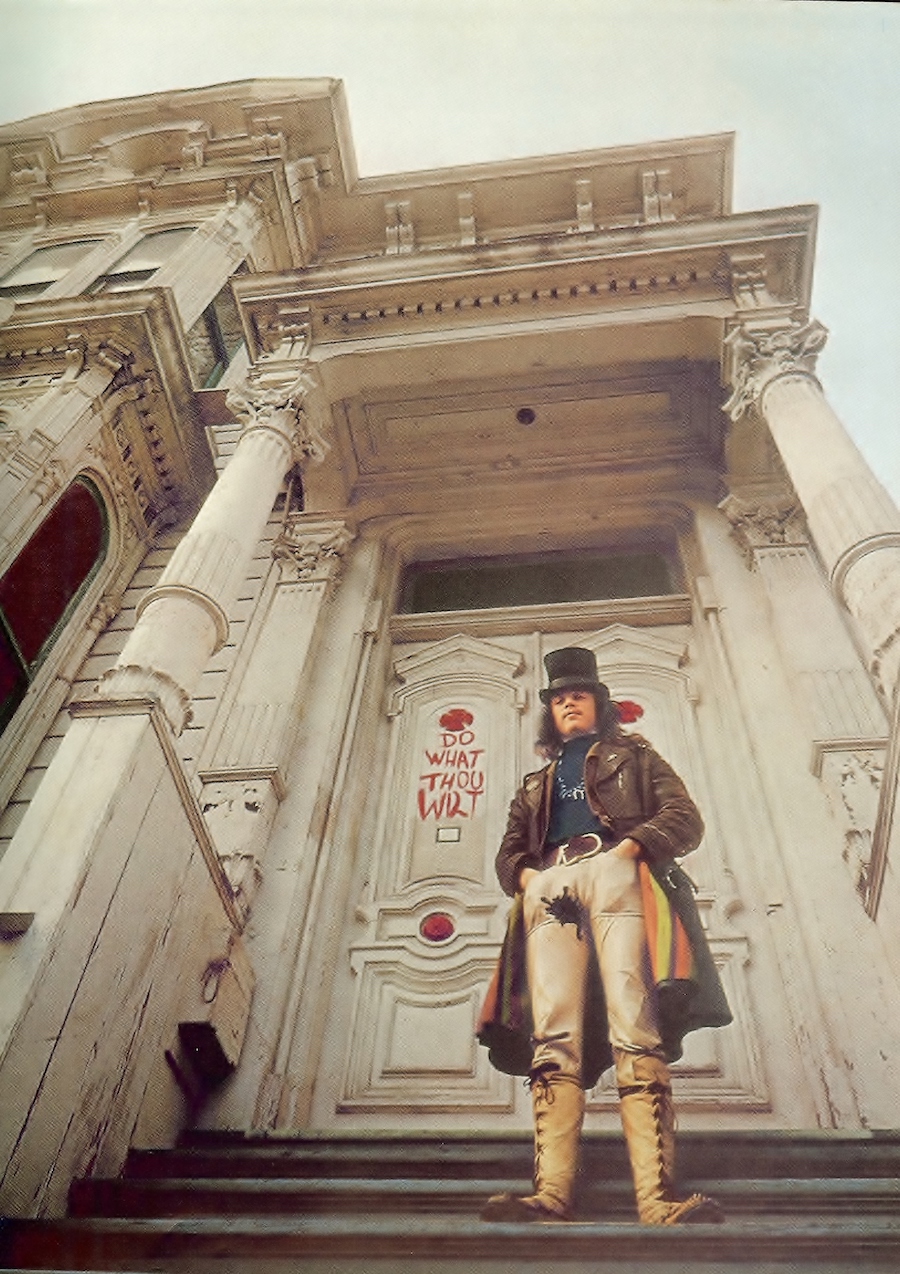
The plan was to put Beausoleil in a movie called Lucifer Rising – but that plan was idling. Anger could only work when had money, which wasn’t often. Still, they shot what they could, and decided to share their progress at an event in the Haight called “The Equinox of the Gods,” in which Anger would test out some reels of Lucifer, and Beausoleil’s band, “The Magick Powerhouse of Oz” would play.
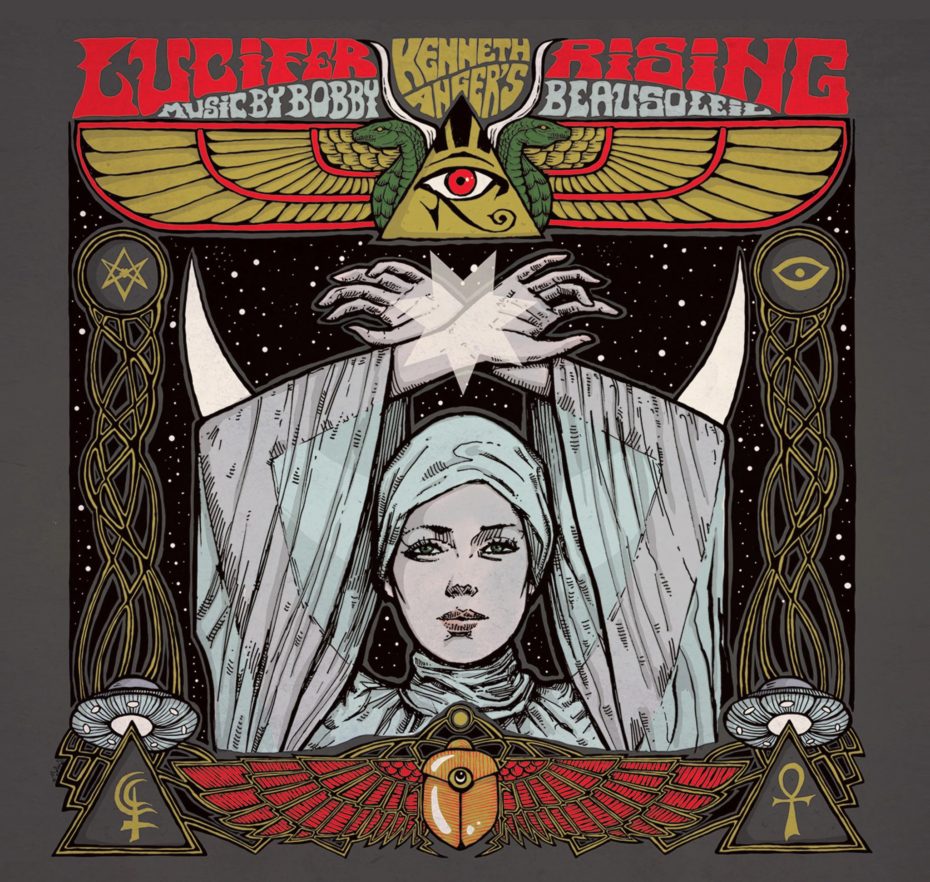
Instead, the evening fell apart. The reels went missing, and a livid Anger blamed his darling Bobby – who was just as upset to think that Anger could think him capable of doing such a thing.
When Beausoleil returned to the Westerfeld House to pack his bags, he found the doors locked, the windows covered in white sheets, and his car engine missing. It wasn’t until he broke into the house that he found the engine on Anger’s altar. When Beausoleil put it back in, he split for Los Angeles and infamously fell in with another counterculture figure – Charles Manson.
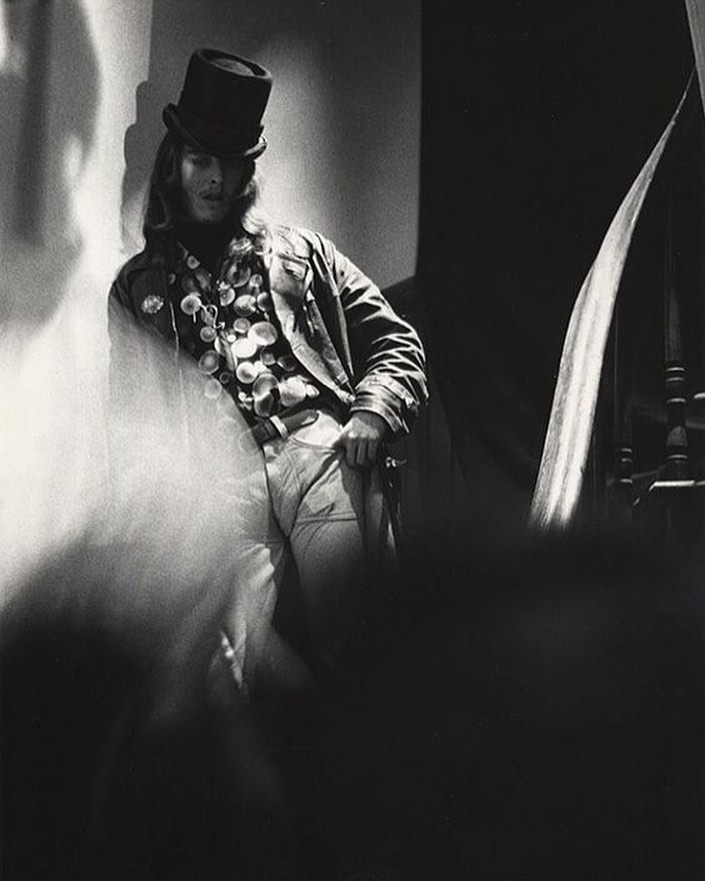
Beausoleil would go on to participate in the murder of a man in Topanga Canyon for Manson, in an event that would catalyse the Tate-LaBianca murders in August, 1969. But we digress…
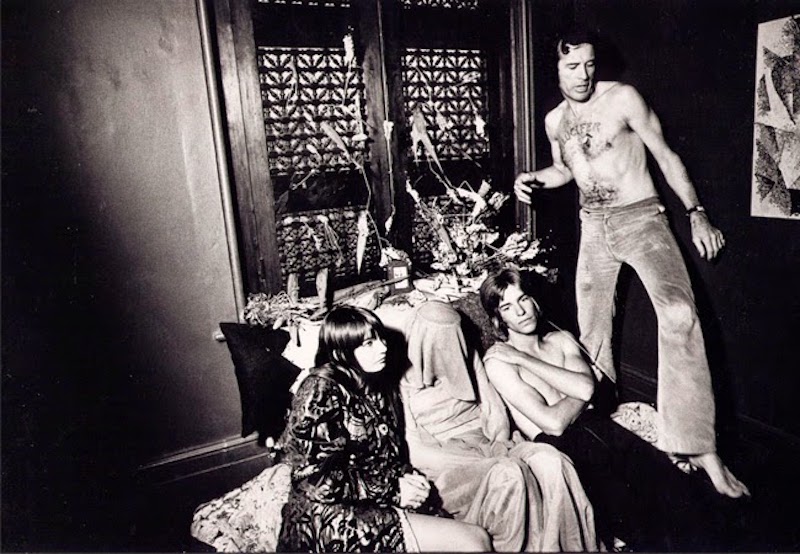
Now without his great muse, Anger rebounded with even bigger stars, like The Rolling Stones’ Mick Jagger, and Led Zeppellin’s Jimmy Page, who had all seen his work at midnight movie houses. Anger decided to move forward with Lucifer Rising, this time with Jagger’s then girlfriend, Marianne Faithful, as the character of Lilith, and Jimmy Page as a “Man Holding the Stele of Revelation” (and a random actor as Beausoleil’s Lucifer). The film was – remarkably – financed in part by John Paul Getty, and helped Anger realise his dream of filming in Egypt.
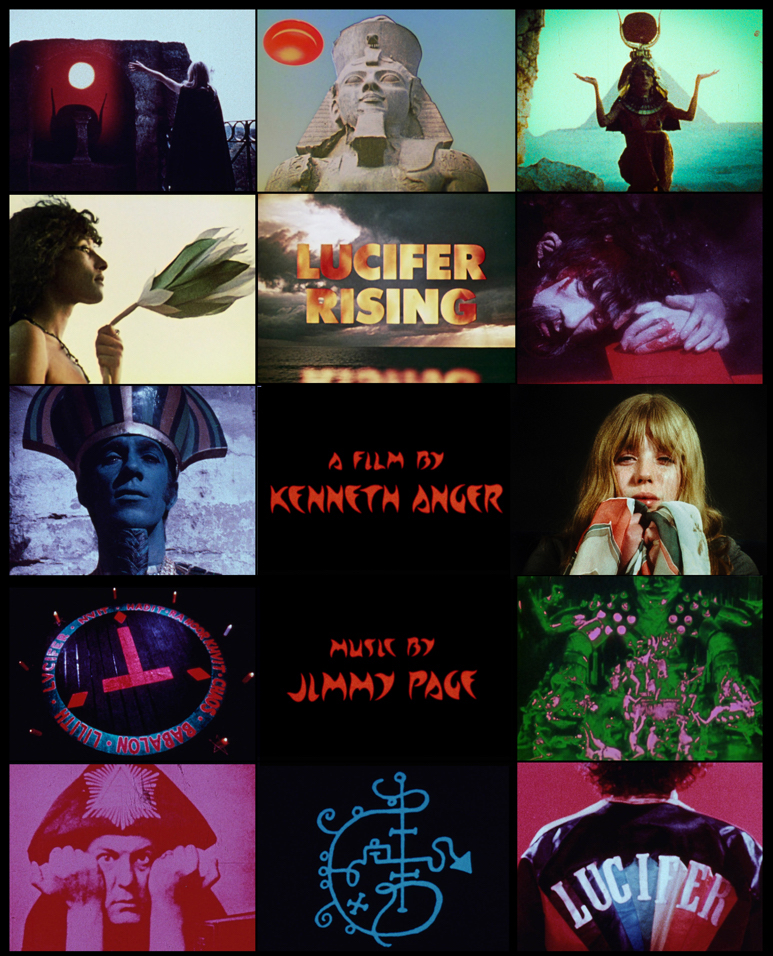
Jagger declined a role in the picture, offering up his brother, Chris, instead. But the Stones did take notes on Anger’s satanic streak, and wrote a little diddy called “Sympathy for the Devil” inspired by their new, freaky friend. “It was a meeting of minds,” Anger later said about the group, “They were typical of a lot of musicians. They wanted to climb on the wavelength.”
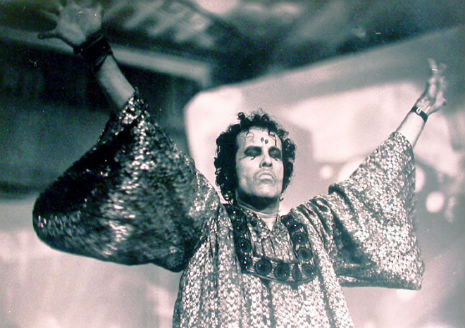
When the film premiered, Anger had somewhat reconciled with Beausoleil, who was permitted to record the soundtrack for the film from prison. And as for the OG-Lucifer Rising? Anger wouldn’t release it until 1980, under the name Invocation of My Demon Brother. Today, the two films are birds of a feather, with Invocation mixing footage of Beausoleil and co. with clips of Anton LaVay, Mick Jagger, and the Rolling Stones in concert. Sadly, when the film was finally complete in the 1980s, Anger was in a bad way. He was a cult legend by then, but he was also broke and bitter. He threw paint over the door of Warhol’s old house for “selling out.”
Anger is still around, but keeps his cards close to his chest. Still, his influence on film runs throughout some of the industry’s biggest talents, from Dennis Hopper’s Easy Rider (see: the bikers of Scorpio Rising), to directors like Martin Scorcese and David Lynch, who copied Anger’s habit of layering happy-go-lucky oldies over otherwise ominous scenes. Beausoleil is still in prison, but continues to write and share his music on Facebook, and, in a strange turn of events, even had one of his songs covered by Lady Gaga. As for Anger’s next move? Most recently, his fascinating career has been inspiring the fashion world, and in 2018 he starred in a short movie for Gucci filmed at the iconic Chateau Marmont. He’s already published another volume of his infamous Hollywood Babylon books, and has a third lined up – but he’s hesitant to release it, as he says it spills a little too much about “where the bodies are buried” by the Church of Scientology. There you have it, folks: Kenneth Anger, 92-years old and still stirring the cauldron.
Check out Kenneth Anger’s website for the all of his films, which are known collectively as the “Magick Lantern Cycle,” and snag your very own Lucifer Rising jacket.


